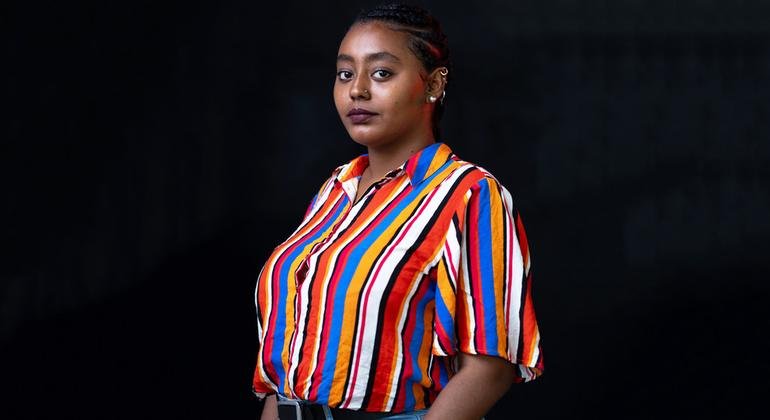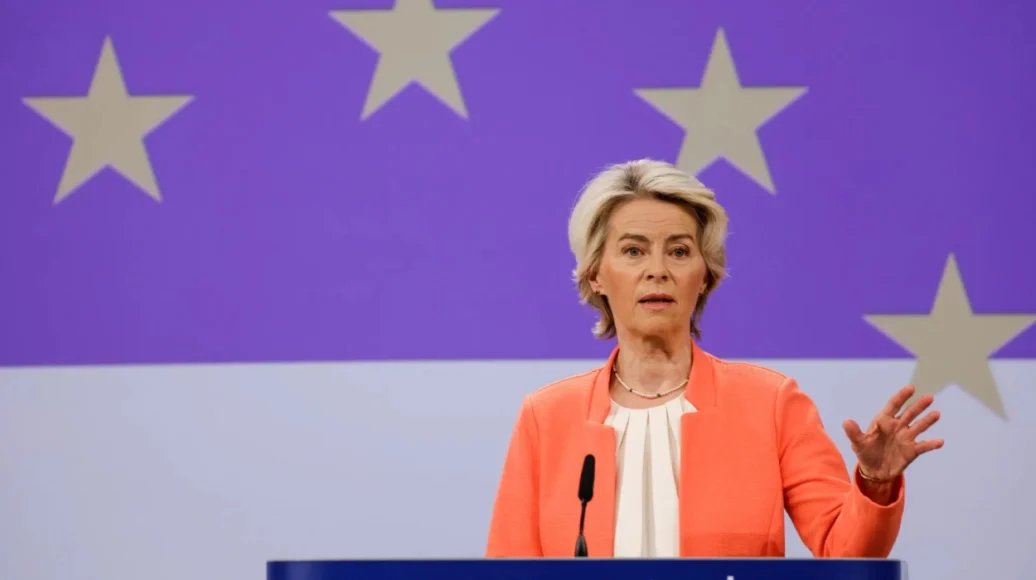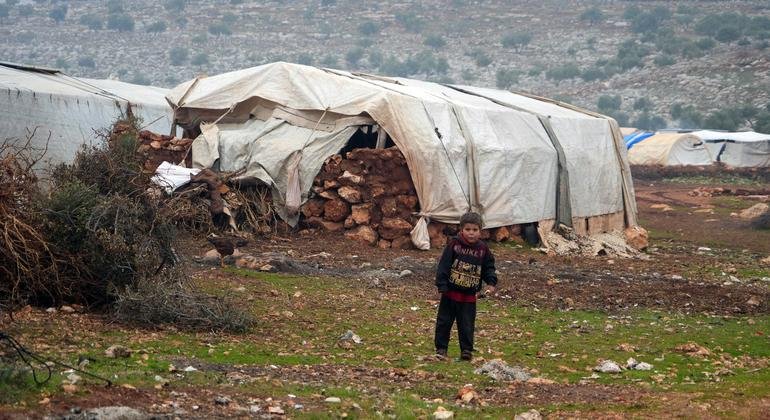Surviving Female Genital Mutilation: Zeinaba Mahr Aouad's Story
A Painful Childhood Memory
Zeinaba Mahr Aouad, a 24-year-old woman from Djibouti, vividly recalls the traumatic day when a stranger arrived at her home when she was just ten years old. “She had a syringe, a razor blade, and bandages,” Zeinaba remembers.
The woman was there to perform female genital mutilation (FGM), a cruel and unnecessary procedure that had been outlawed in Djibouti since 1995. The practice involves cutting a girl’s clitoris and sewing up her vaginal opening.
Although much of the day is hazy in Zeinaba’s memory, the excruciating pain that followed remains clear. Once the anesthetic wore off, she was overwhelmed by unbearable agony.
Struggling to Walk
“I had difficulty walking, and urinating was painful,” she recalls.
Despite her suffering, her mother dismissed her pain, explaining that the procedure was simply a tradition to be upheld.
Like many victims of FGM, Zeinaba grew up in a poor and vulnerable environment. She lived in a small, single-room home in a rundown neighborhood of Djibouti City with her mother and two sisters.
“Our home had only a TV, some suitcases where we kept our clothes, and mattresses where we slept,” she remembers.
Her mother made a living selling flatbread to pedestrians, while Zeinaba spent her childhood playing games like jumping rope with her friends. “Sometimes, we just played in the dirt,” she says.
230 Million Women Affected
According to the United Nations Population Fund (UNFPA), approximately 230 million women and girls worldwide have been subjected to FGM. Alarmingly, the trend is increasing, with girls as young as five being forced to undergo the procedure.
“A baby doesn’t talk,” explains Dr. Wisal Ahmed, an FGM specialist at UNFPA, highlighting why younger victims are targeted.
Many assume FGM is a one-time occurrence, but it often leads to lifelong suffering. “Women are cut open for sexual intercourse, stitched up again, then reopened for childbirth and sewn back once more to narrow the vaginal opening,” Dr. Ahmed explains.
Fighting Harmful Traditions
UNFPA and its international partners have been working for decades to end FGM. While their efforts have led to a decline in the practice over the last 30 years, the increasing global population means the total number of affected women continues to grow.
Through community outreach programs, UNFPA educates people about the severe short- and long-term consequences of FGM.
The U.S. government has been a key supporter of these initiatives, classifying FGM as a human rights violation. It is not just an issue in developing nations; in the United States, an estimated 513,000 women and girls have either undergone or are at risk of facing FGM, according to the U.S. State Department.
The Role of Men
In Djibouti, the U.S. government provided around $44 million in foreign assistance in 2023. Programs supported by this funding have helped prevent approximately 80,000 girls worldwide from experiencing FGM.
UNFPA also emphasizes the importance of male involvement in ending the practice. Zeinaba explains: “It’s not just women who enforce these traditions. Without the consent of men, it wouldn’t continue.”
Raising Awareness in Local Communities
Today, Zeinaba volunteers for a local UNFPA-supported network, established in 2021, that brings together over 60 women dedicated to combating FGM and promoting women’s rights.
She visits underserved neighborhoods in Djibouti, educating young people and future parents—both women and men—about the dangers of FGM. Through her activism, she hopes to prevent other girls from experiencing the same pain she endured as a child.
By raising awareness and challenging traditions, Zeinaba is playing a crucial role in the fight against FGM, advocating for a future where no girl has to suffer as she did.














Leave a Reply